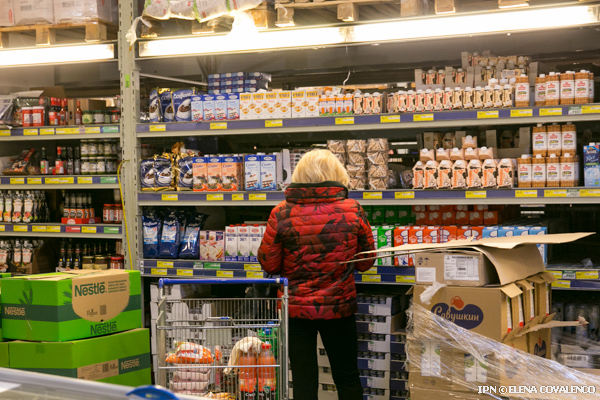
In Moldova, four in ten persons do not analyze the labels of food products or do it seldom. They possibly purchase fresh, unpacked products, hurry and do not have time to read or the language on labels is incomprehensible, says a survey conducted by Magenta Consulting, IPN reports.
Currently, 16% of the Moldovans never read the information on food labels, as opposed to 19% seven years ago.
The survey reveals that three in four persons who do not analyze the labels are men. 45% are aged 50 and over and more than 50% are from rural areas. In this group, 41% of the persons have incomes lower than 3,000 lei a month (these persons could buy food at the market by kilogram or could grow food themselves). Approximately 63% of the members of this group are pensioners and unemployed persons.
One third of the surveyed persons read the labels on all the products, while another third on some of the products. In general, the women, young people and the persons with higher monthly incomes are more attentive to what they purchase. Half of the polled women said they examine the labels on all or on most of the products. 45% of those aged between 26 and 30 analyze the labels on all the products, as 42% of those with incomes of 5,000-7,000 lei a month do. The persons with incomes higher than 7,000 lei a month pay attention to labels to a smaller extent.
Some 94% of the respondents examine the period of validity of food products. Three in four read the name of the product and as many analyze the ingredients. Fewer are those who study the nutritional information: nutritive value (39%), allergens (30%) and gluten content (28%).
Even if nutrition is a less discussed subject in Moldova, the number of those who devote attention to this issue does not different from that in the U.S., where the nutrition theme is debated much wider. In the United States, 31% of the young people read nutritional information regularly. This refers mainly to women and persons with higher education and larger incomes.
The survey carried out by Magenta Consulting covered a sample of 521 persons aged between 18 and 70, with a representative distribution nationwide, and has a margin of sampling error of +/- 4%. The data were collected by phone during March 26 – April 15, 2019.












